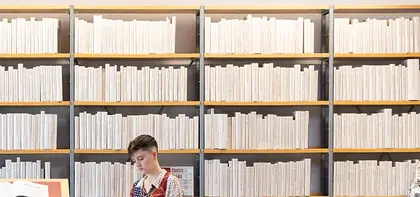
MiS Preprint Repository
We have decided to discontinue the publication of preprints on our preprint server end of 2024. The publication culture within mathematics has changed so much due to the rise of repositories such as ArXiV (www.arxiv.org) that we are encouraging all institute members to make their preprints available there. An institute's repository in its previous form is, therefore, unnecessary. The preprints published to date will remain available here, but we will not add any new preprints here.
On the Generation of Rank
Mohamed Barakat, Reimer Behrends, Christopher Jefferson, Lukas Kühne and Martin Leuner
Abstract
In this paper, we describe a parallel algorithm for generating all non-isomorphic rank
We apply our implementation in the HPC version of GAP to generate all rank
We have stored the resulting matroids alongside with various useful invariants in a publicly available, ArangoDB-powered database.
As a byproduct, we show that the smallest divisionally free rank
Another database query proves that Terao's freeness conjecture is true for rank
- Received:
- 28.08.20
- Published:
- 28.08.20
- MSC Codes:
- 05B35, 52C35, 32S22, 68R05, 68W10
- Keywords:
- rank $3$ simple matroids, integrally splitting characteristic polynomial, Terao's freeness conjecture, recursive iterator, noSQL database